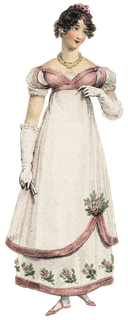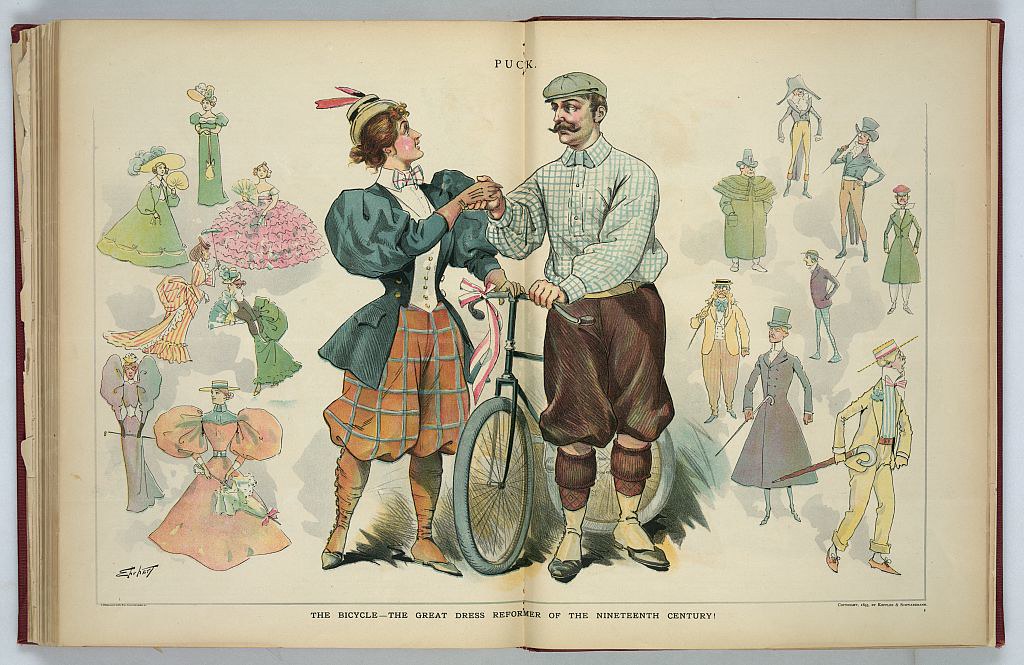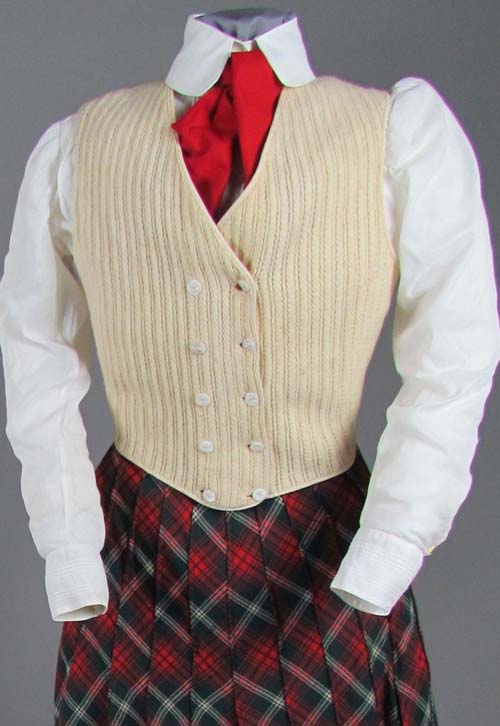In preparation for my foray into the 18th century, I've been studying up on 18th century hair styling. This has included the usual mix of reading blogs, historical texts, and watching youtube videos. In particular, I've been watching a lot of the videos by Alicia of
LBCC Historical. They're very informative in a practical way, and break down the ins and outs of both getting the style and using the
LBCC line of historical cosmetics. I'm learning a lot, which is always a good thing!
 |
| hair goals: Mme Lalive de Jully, 1764 |
However, I was/am feeling a little bit nervous about adapting what I'm learning for my own hair, which is very curly and about as fussy as a temperamental toddler. When it curls well, oh man is it
perfect for most historical styles! But when it's humid/dry/windy/rainy/Tuesday/too clean/too dirty I end up with a giant ball of frizz. Boo. So this is a combination of worry about getting my hair to cooperate, and finding products that help that cooperation along.
 |
| my hair on a good day in December |
So I took a leap and ordered the 1787 Lavender Pomatum from
LBCC on Etsy. I decided to use it to make curls for the Regency Weekend to see how my hair reacted to it and how well it kept my natural curls in line. I was really impressed, and I'm feeling a bit better about my chance of success with 18th century hair.
Because my hair absolutely freaks if I do anything to it when it's dry, I started by working the pomatum into the front section of my hair when it was still damp. Then I formed the pomatumed section into several pincurls, which I sported to breakfast and the morning minuet class. After tea setup we went back to our hotel to change, at which point I gave the pincurls a quick blast with the blow dryer to ensure they were dry all the way through and removed the pins. The curls were very tight and flat, but once I pulled them a bit with my hands they fluffed up.
 |
| 1820 fashion plate with curls in the bonnet |
I've had good luck with pincurls using setting lotion, but the awesome thing about the pomatum was that the curls came out soft, and I could mess with them without devolving the curl into frizz--unheard of! As usual, my hair tried to fight back into its natural shape, but I found that by re-twisting the curls (something you can't do with lotion-set curls) in their desired direction I got a pretty nice-looking final product.
 |
| 1805 fashion plate with face-framing curls for evening |
Granted, that final product was a bit poodle-like, but that is the look. I had amazing curls to fill my bonnet for our afternoon stroll to the dock. It was great! Even with the wind on the ocean everything held up well.
 |
| Regency fringe without the bonnet... |
 |
| ...and with the bonnet |
 |
| without the bonnet again, post-seaside stroll. Everything is intact, even after the wind! (photo credit to Tammi, thanks!) |
Then I did a lot of lifting and running around (deconstructing tea, loading out at one hall and in at another, setting up a ball) before changing into an evening gown for the Grand Ball. By this time my curls were acceptably intact, but some of them were getting a bit ugly. I pulled those up into my evening style, leaving only the two topmost curls from the original set. Then I pulled those two apart into several smaller curls...and they
looked good!
 |
| getting ready to perform the opening minuet |
I wore the new style through a several-hour ball with significant dancing, then more running around (post-ball cleanup, load out, and return to the hotel). My hair was still going by the time we opened the wine.
 |
| about 11:30pm back at the hotel |
The LBCC pomatum is magic, and I love it.
I'd also be remiss not to mention: it made my entire head a cloud of lavender, which was delicious and amazing. Next up I need to buy powder (which I'm also planning to get from LBCC), and I'm leaning towards the gray because it is also lavender scented. Yum!
+Eliza+Schaum+(later+Mrs.+Frederick+Augustus+Hall+Muhlenberg;+1798-1826)+1816.jpg)






















































